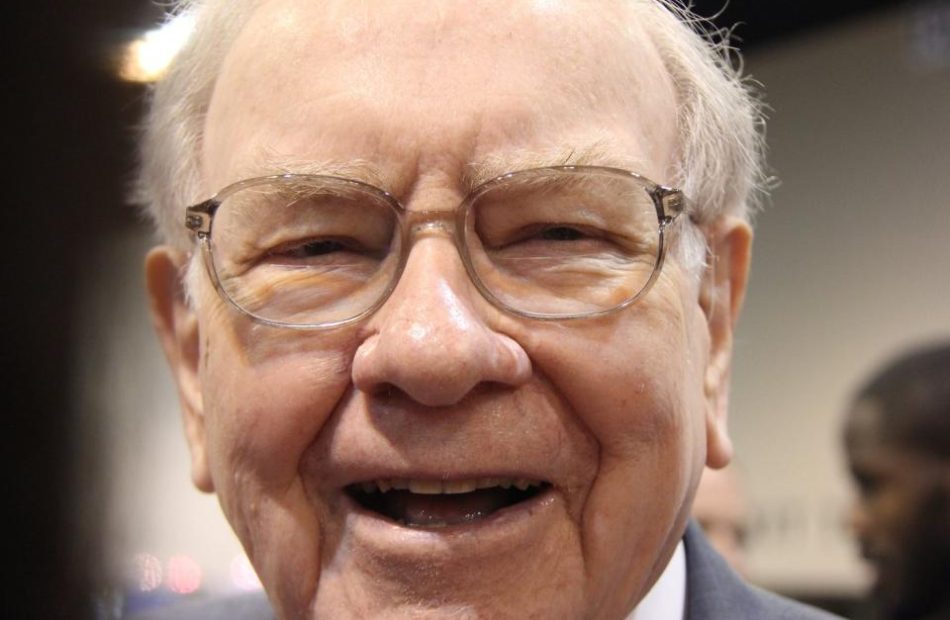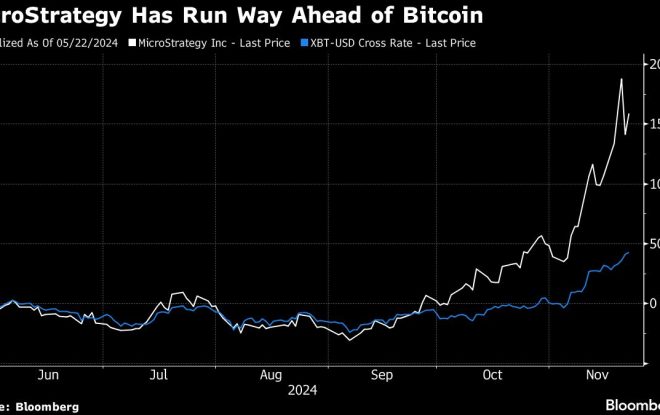Meet the Stock Doubling Warren Buffett's Initial Investment From Dividend Income Alone Every 21 Months
Few investors command Wall Street’s attention quite like the aptly dubbed “Oracle of Omaha,” Warren Buffett. Since taking over as the CEO of Berkshire Hathaway (NYSE: BRK.A)(NYSE: BRK.B) in the mid-1960s, he’s practically doubled up the annualized total return of the benchmark S&P 500, and generated an aggregate return of more than 5,500,000% in his company’s Class A shares (BRK.A). Returns of this magnitude are going to create quite the following on Wall Street.
For decades, Buffett has been, with few exceptions, an open book. At Berkshire Hathaway’s annual shareholder meetings, he willingly shares his opinions and wisdom on the U.S. economy, the stock market, and occasionally some of Berkshire Hathaway’s individual holdings. Mirroring what the Oracle of Omaha does from a trading standpoint has been a profitable investment strategy for decades.
But among the multitude of factors that have made Warren Buffett such a successful investor, the one that consistently fails to get enough credit is his love of dividend stocks. Adding income stocks to Berkshire’s roughly 43-stock, $316 billion investment portfolio has been vital to the company’s success.
Dividend stocks have a rich history of outperformance
On the surface, it’s easy to understand why dividend stocks have been, collectively, unstoppable over the long run. Companies that willingly share a percentage of their earnings with investors on a regular basis tend to be recurringly profitable, time-tested, and can almost always provide transparent long-term growth outlooks. In other words, they’re the types of businesses we’d expect to increase in value over time and rarely cost investors a night’s sleep.
But aside from being predictable, dividend stocks have vastly outperformed non-payers over long periods.
In The Power of Dividends: Past, Present, and Future, the investment advisors at Hartford Funds, in collaboration with Ned Davis Research, examined the numerous ways income stocks have outpaced non-paying public companies over the long run. In particular, researchers found that dividend payers averaged a 9.17% annual return over 50 years, which was more than double the 4.27% average annual return for non-payers from 1973 through 2023.
Additionally, researchers showed that dividend stocks crushed the non-payers while being considerably less volatile. Whereas income stocks were 6% less volatile than the benchmark S&P 500 over the last half-century, non-payers were 18% more volatile.
Perhaps it’s no surprise that a majority of Berkshire Hathaway’s holdings pay a dividend. Even after Buffett sold a significant percentage of Berkshire’s stake in Apple and Bank of America in 2024, his company is on track to collect in the neighborhood of $5 billion in dividend income over the next 12 months.
Although energy stock Occidental Petroleum has worked its way into the top spot in terms of annual income generation for Berkshire Hathaway, it’s far from being Buffett’s highest-yielding company, relative to cost.
Warren Buffett doubles his money on this stock from the dividend income alone every seven quarters
Thanks to the long-term ethos instilled by the late Charlie Munger, Berkshire’s portfolio is home to a number of stocks that have been held for 10 or more years. However, no company has been a fixture in Warren Buffett’s portfolio quite like “forever” holding Coca-Cola (NYSE: KO).
Coca-Cola has been a continuous holding by Berkshire since 1988, with Buffett’s company enjoying an enviable cost basis of roughly $3.2475 per share.
What’s noteworthy about Coca-Cola is that it’s raised its base annual payout for 62 consecutive years. Even though its current base annual dividend of $1.94 per share equates to a 2.7% yield for today’s buyers, Buffett’s company is absolutely rolling in the dough thanks to its low cost basis. The approximately 60% annual yield Berkshire Hathaway is generating on its stake in Coca-Cola, relative to its cost basis, ensures that the dividend income alone doubles Buffett’s initial investment in the beverage giant (about $1.3 billion) every seven quarters (21 months).
One of the reasons Coca-Cola has been able to deliver such consistent dividend growth for more than six decades is because it’s a consumer staples stock. Consumer staples, such as food and beverages, are going to be purchased no matter how well or poorly the U.S. or global economy are performing. This leads to predictable operating cash flow in any climate.
Another sustained growth catalyst for Coca-Cola is its virtually unparalleled geographic sales diversity. Aside from Cuba, North Korea, and Russia — the latter has to do with its invasion of Ukraine — Coca-Cola has operations in every other country. This means it can lean on higher-growth emerging markets to move its organic growth needle, and also generates highly predictable cash flow from its core developed markets.
Branding is the other key puzzle piece to Coca-Cola’s ongoing success and rock-solid dividend. The annual “Brand Footprint” report from Kantar finds that Coca-Cola’s brand has been the most-purchased by consumers for an astounding 12 consecutive years.
The company’s branding is also buoyed by a stellar marketing team, which relies on artificial intelligence (AI) and digital media to connect with younger consumers, and leans into Coca-Cola’s rich history and well-known brand ambassadors to engage with its more mature audience.
With Warren Buffett overseeing the collection of $776 million in dividend income each year from Berkshire’s stake in Coca-Cola, there’s simply no reason for this supercharged-yielding position to ever be sold.
Should you invest $1,000 in Coca-Cola right now?
Before you buy stock in Coca-Cola, consider this:
The Motley Fool Stock Advisor analyst team just identified what they believe are the 10 best stocks for investors to buy now… and Coca-Cola wasn’t one of them. The 10 stocks that made the cut could produce monster returns in the coming years.
Consider when Nvidia made this list on April 15, 2005… if you invested $1,000 at the time of our recommendation, you’d have $756,882!*
Stock Advisor provides investors with an easy-to-follow blueprint for success, including guidance on building a portfolio, regular updates from analysts, and two new stock picks each month. The Stock Advisor service has more than quadrupled the return of S&P 500 since 2002*.
*Stock Advisor returns as of September 23, 2024
Bank of America is an advertising partner of The Ascent, a Motley Fool company. Sean Williams has positions in Bank of America. The Motley Fool has positions in and recommends Apple, Bank of America, and Berkshire Hathaway. The Motley Fool recommends Occidental Petroleum. The Motley Fool has a disclosure policy.
Meet the Stock Doubling Warren Buffett’s Initial Investment From Dividend Income Alone Every 21 Months was originally published by The Motley Fool





Leave a Reply